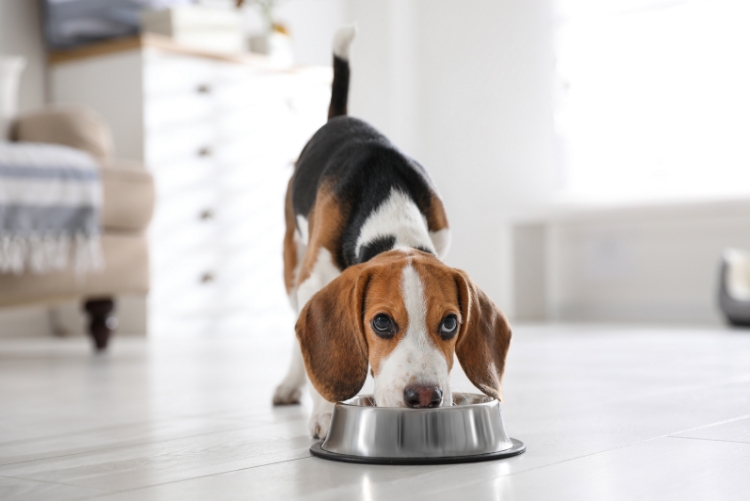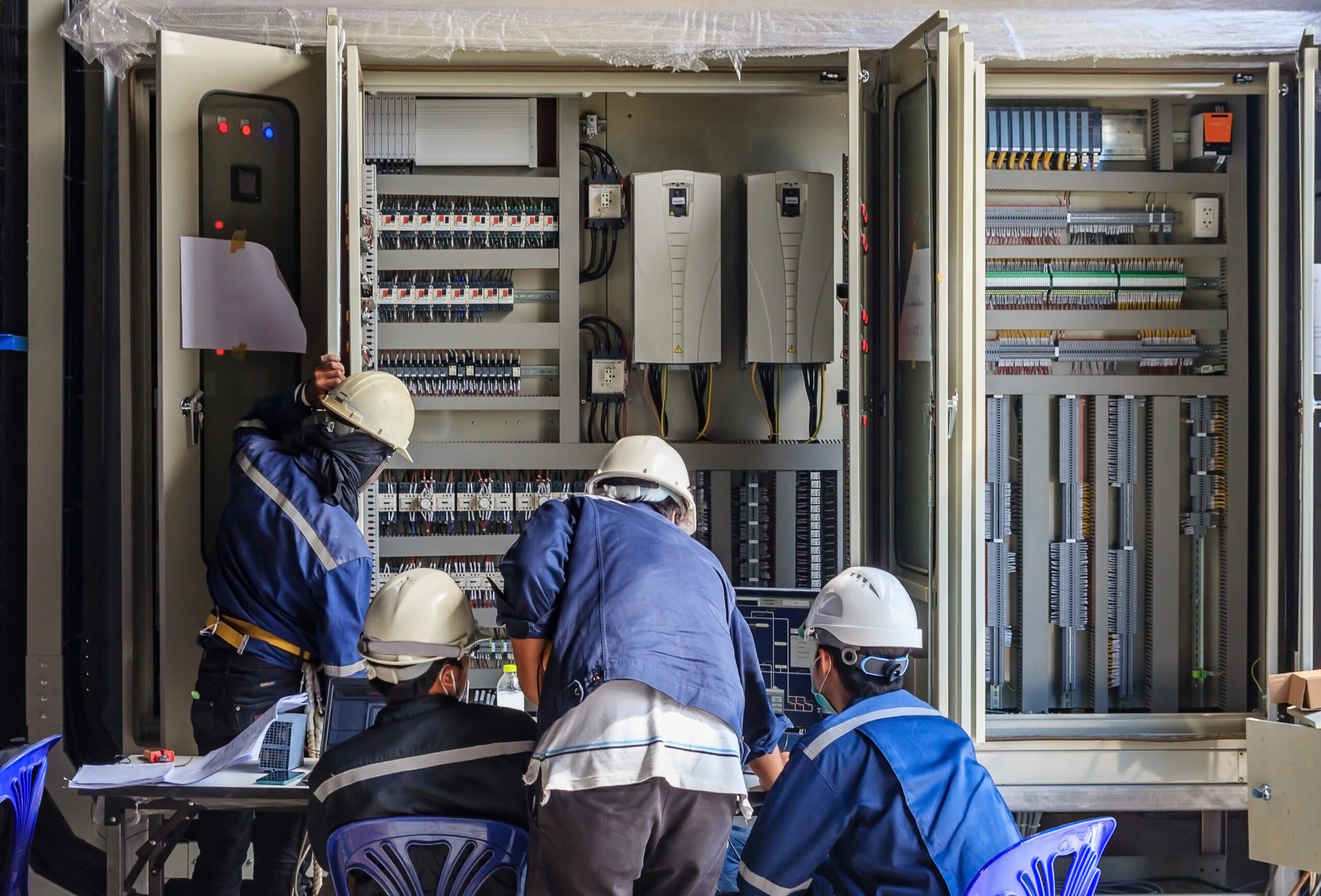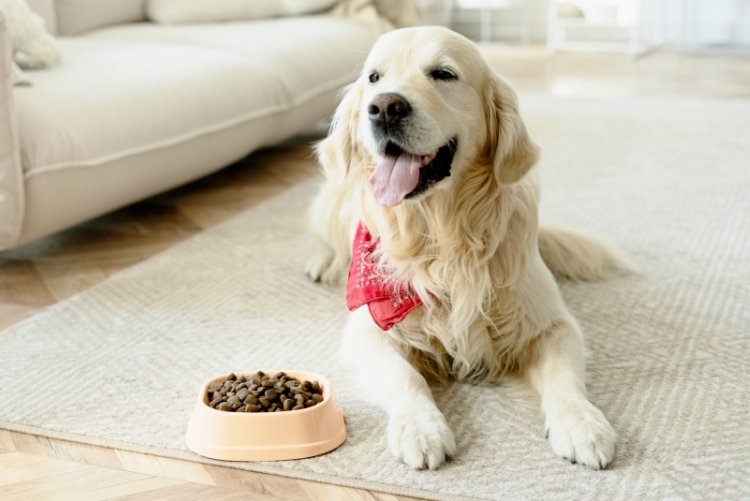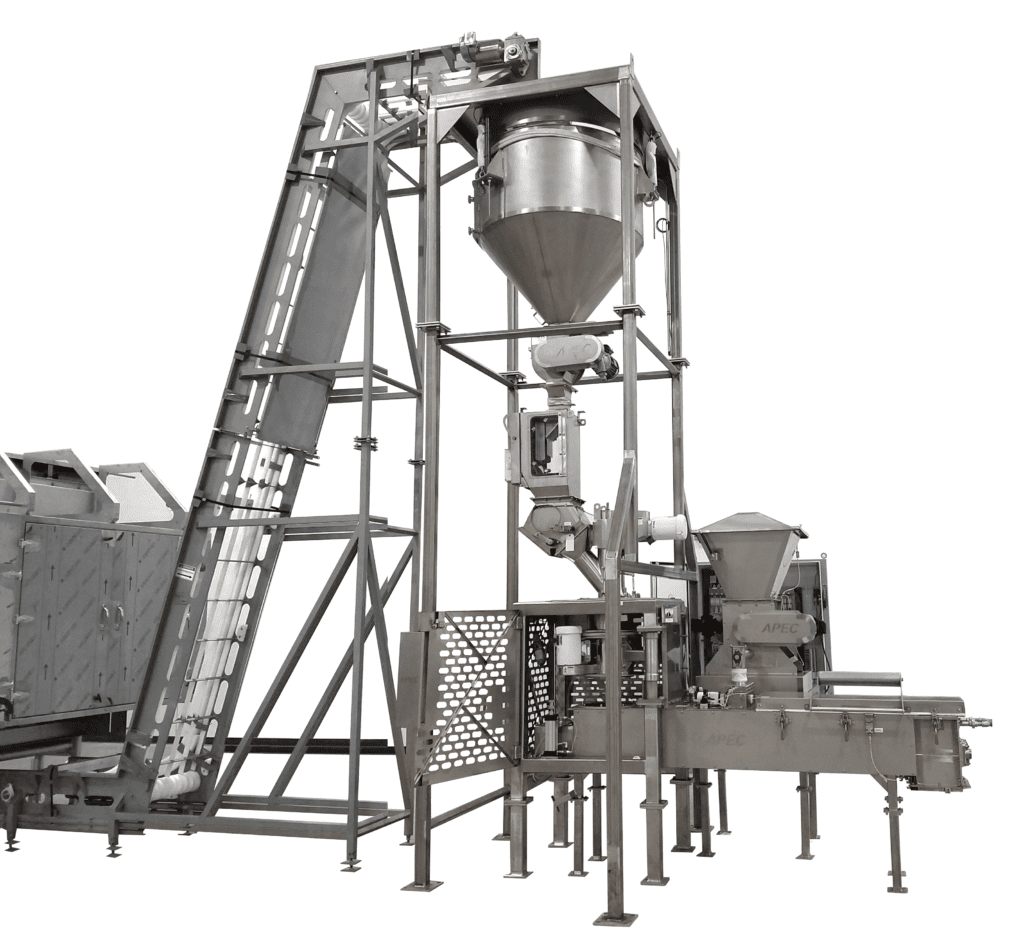
Whether for flavor, vitamin content, shelf life, or texture, liquid coating is the preferred application method for many cereals, snacks, pet food mixes, and more. Though this provides a number of efficient, time-saving advantages for snack coating, it can introduce some challenges if the process isn’t correct. Consistency and uniformity in liquid coating are two of the most common challenges in pet food and snack coating. With careful process design considerations, you can find the right process for your coating and substrate.
Liquid Coating Processes for Uniform Snack Coating
Before Application: Measurement
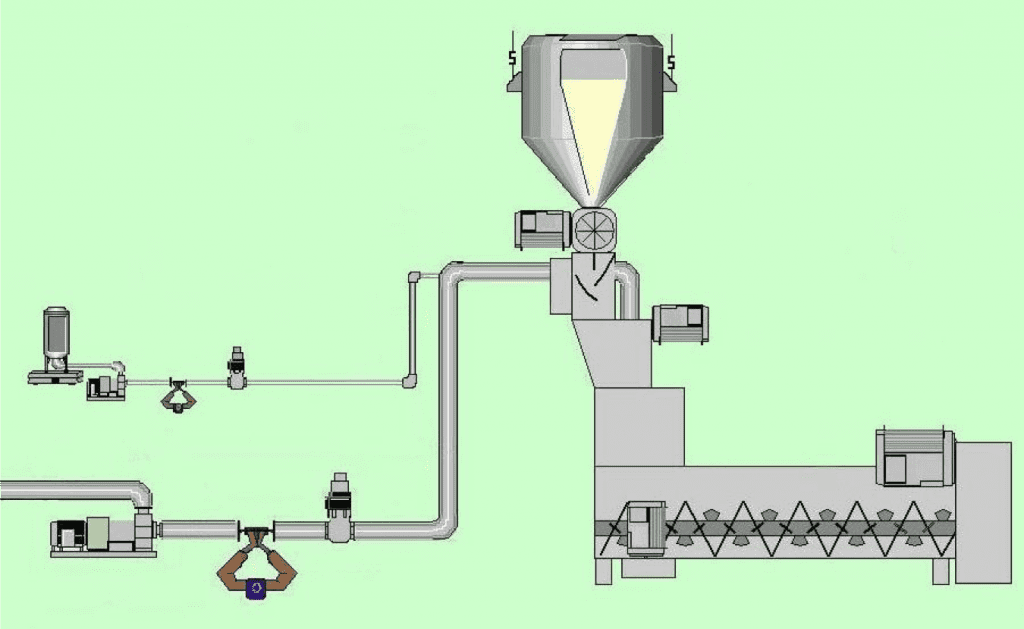
Before applying the liquid coating to the substrate, it’s essential to accurately measure the flow of each material. There are several way to do this, and which you choose will depend on the accuracy you require, moisture or temperature conditions, the composition of the carrier ingredient, and the layout of your facility. The carrier ingredient will be the “master flow” and the liquid coating process will depend on it, making accuracy even more important. You may need to consider potential flow problems at this stage.
You might choose the following flow measurement systems for continuous snack coating:
- Volumetric: A screw conveyor, rotary feeder, or belt conveyor measures solid flow through RPMs (or Hz). A nutating disk, positive displacement pump, piston pump or turbine measures liquid flow through RPMs (or Hz) or pulses. Volumetric measurement is sensitive to changes in density, and not recommended for applications with high accuracy. Calibrate often to adjust for elevated temperature or moisture content,
- Mass flow: Mass flow measurements have more versatility, with a variety of measurement systems. Weigh belts, weigh screws, impact scales, and nuclear gauges more accurately measure flow through RPMs and weight simultaneously.
- Loss in weight: This measurement system works similarly to mass flow systems, however it measures weight as the material flows out. A garner hopper and scale hopper work in unison to take accurate measurements in a continuous flow system. This system is also quite accurate, however a facility’s height restrictions may be problematic. The scale hopper operates in weight exception mode during re-filling to accommodate continuous operation, and this should not exceed acceptable tolerances.
Liquid Coating Applications
With the measurement system determined, you have the right amount of liquid coating and substrate, but you still need to decide how to apply an even, consistent coating in the continuous process. You might use a screw conveyor, rotating drum, or mist coater.
Screw Conveyor and Spray

As the screw conveyor moves the substrate, spray nozzles apply the liquid coating. In a simple screw conveyor very little agitation of the product takes place. To get a uniform coating, the substrate will require agitation. Some of the screw conveyor flights can be cut away to form more of a ribbon to agitate the product while moving it forward. Lifting flights and paddles on the screw conveyor will provide more movement, and there should be enough space for the material to tumble through.
The tumbling action through the screw conveyor must be gentle for fragile materials, which can slow down the process. Liquids moving through the spray nozzles can also present problems. If the liquid flow rate changes a great deal, then additional spray nozzles may be needed so the quantity being sprayed does not drop below or go above the rated capacity for flow and pressure, which can affect the quality of the atomization. If the liquid has suspended solids, spray nozzles will easily clog.
Rotating Drum and Spray
This liquid coating process works similarly to the screw conveyor, except the material moves through an open-ended cylinder. Flights lift and tumble the material, and spray nozzles coat the material as it moves through. This method is generally gentler and ideal for fragile snacks or foods.
Since the rotating drum is open on both sides, fugitive liquid and dust can quickly become an issue. Without proper ventilation or cleaning, the liquid or dust can create slip and fall hazards, unpleasant or hazardous working conditions, or it may damage equipment. The required length of the drum may also be a concern for facilities with limited space.
Spinning Disk and Mist Coating
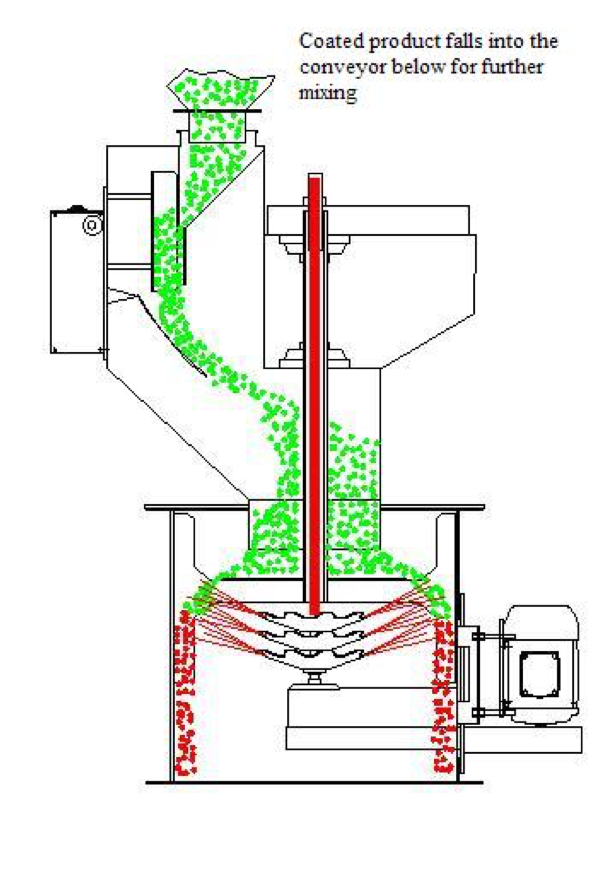
During this process, the material moves across a spinning disk and flows over the edges. As it falls, the liquid coating hits additional disks moving much faster in the opposite direction below. The liquid atomizes into a mist that coats the material as it falls.
Atomization through spinning disks solves many of the liquid coating problems presented by spray nozzles. Since pressure is not required for the liquid coating application, density changes and solid suspensions are no longer a concern. This also allows for multiple liquid coatings simultaneously, regardless of changes in density or viscosity. Finally, the system is completely enclosed, which prevents fugitive dust and liquid from escaping.
Finding the right pet food or snack coating process will help you not only increase product quality and consistency, but it can also reduce costs, product loss, labor, and maintenance needs. Always test the process before installation, and work closely with your equipment manufacturer to get the right system.





